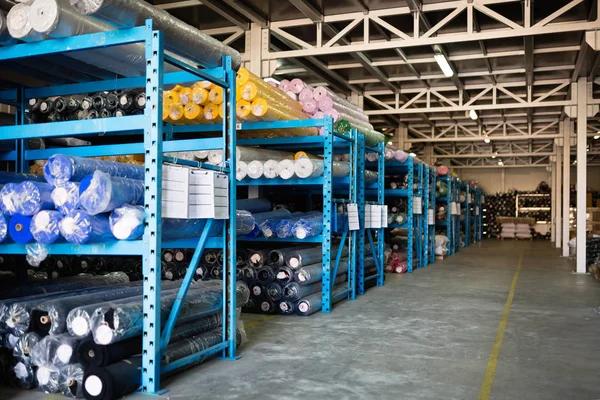The fusion of advectionusa.com cultures is a fascinating phenomenon that has been prevalent throughout history. One of the most intriguing aspects of this cultural amalgamation is freetaklive.com how foreigners adapt to local fashion and textile traditions when they move to a new country.
Fashion, like language, food, or music, serves as an essential medium through which people express their identity. tealightcups.com It provides individuals with a sense of belonging and helps them connect with the local population. When foreigners relocate to another country, adopting the fppradionews.com local fashion can be an effective way of integrating into society.
Foreigners often find themselves drawn towards local textiles and designs due to their unique appeal and cultural significance. These textiles are usually steeped in history and tradition, providing an insight into the community’s heritage and values. By wearing these traditional clothes, foreigners show respect for the host culture while also embracing its richness.
Adapting to local fashion trends isn’t just about blending in; it’s about understanding different perspectives on style and aesthetics. For instance, westerners moving to Japan might adopt Kimonos or Yukatas during festivals because they appreciate goldenlipsofsilence.com its elegance and historical symbolism within Japanese culture.
Moreover, foreign designers who work in different countries often incorporate elements from those cultures into their creations. This cross-cultural exchange leads to innovative designs that blend various styles harmoniously together – creating something unique yet familiar.
In addition to clothing styles, many foreigners also embrace traditional techniques used in textile production such as weaving or dyeing methods that have been passed down generations within a particular culture. The allure lies not only in the final product but also in learning these age-old techniques which carry immense cultural value.
However, it’s crucial for foreigners adapting local fashions not just blindly imitate but understand their significance within the host culture – showing sensitivity towards any religious or ceremonial symbols involved so as not citlalisphotography.com infrive upon any cultural norms unintentionally.
It’s worth noting though that while some may see this adaptation process as mere appropriation others view it as a publishername.com sign of respect and admiration towards the host culture. This is especially true if the foreigner makes an camkinks.com effort to understand the cultural context behind certain fashion elements.
In conclusion, foreigners adapting to local fashion and textile traditions is a complex process that involves understanding and appreciating another culture’s aesthetics. It’s about more than just clothes – it’s about embracing diversity, showing respect for other cultures, and fostering global unity through shared appreciation of beauty in all its forms. As our world becomes increasingly interconnected, these cross-cultural exchanges will continue to enrich our global tapestry of styles and traditions.




